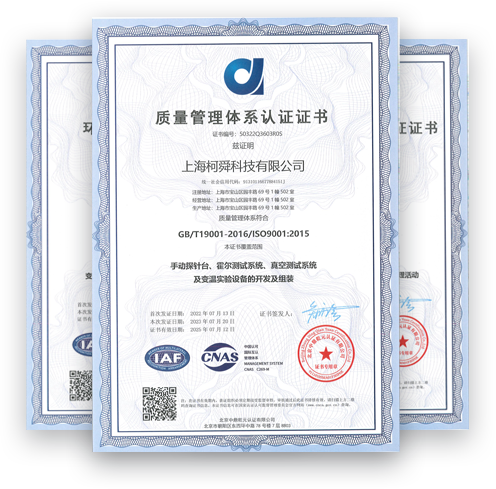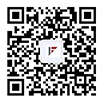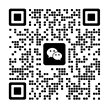Total Quality Management System
LINKPHYSICS fully implements ISO9001:2015 quality management system, full participation in the whole process management of quality design, quality control, quality assurance and quality improvement, and strictly control every link of the whole life cycle of the products, so as to provide all kinds of customers with high-quality and highly stable performance products.
Support Standards:
ISO9001:2015 Quality Management System Certification
ISO14001:2015 environmental management system certification certificate
ISO45001:2018 Occupational Health and Safety Management System Certification




